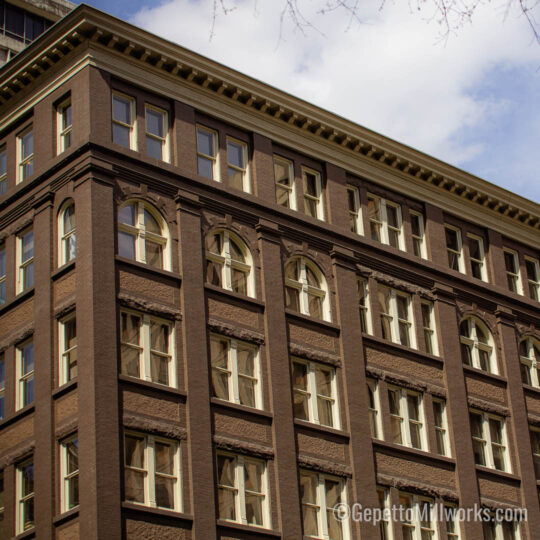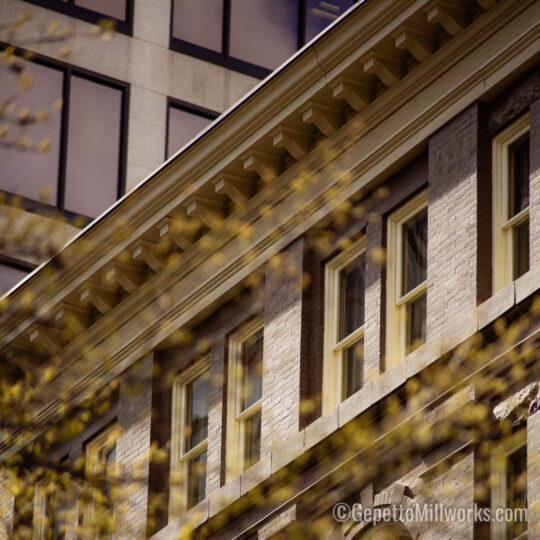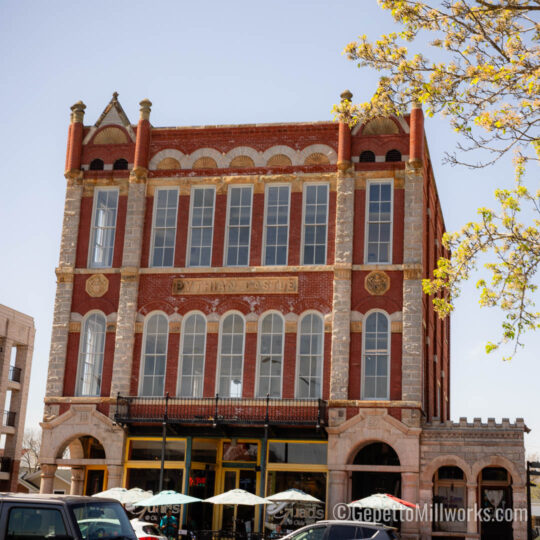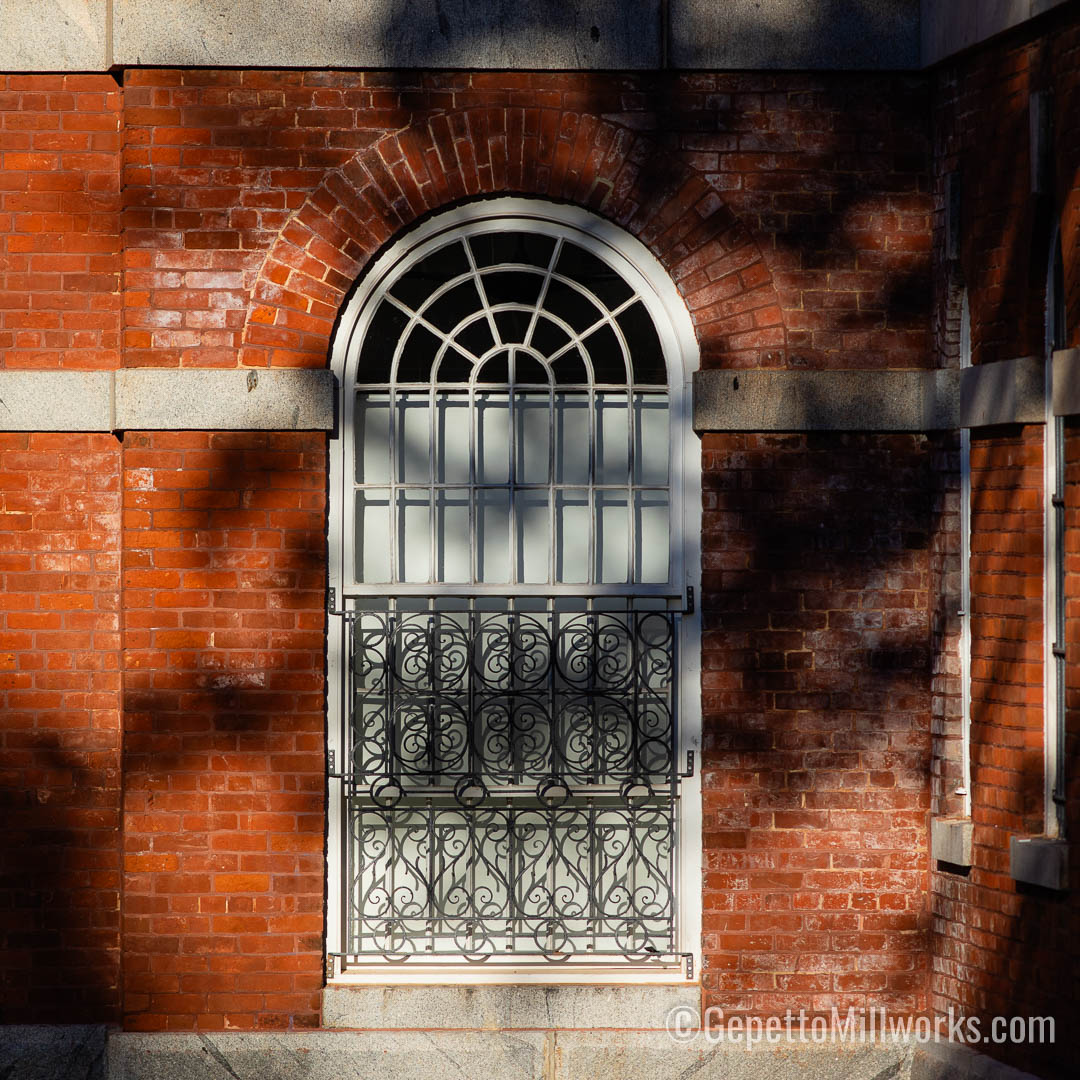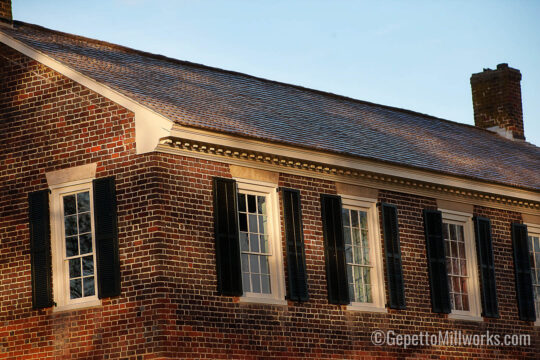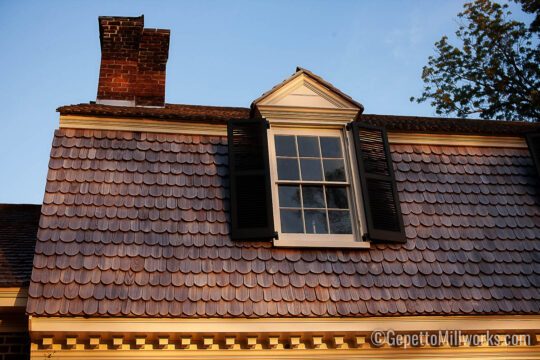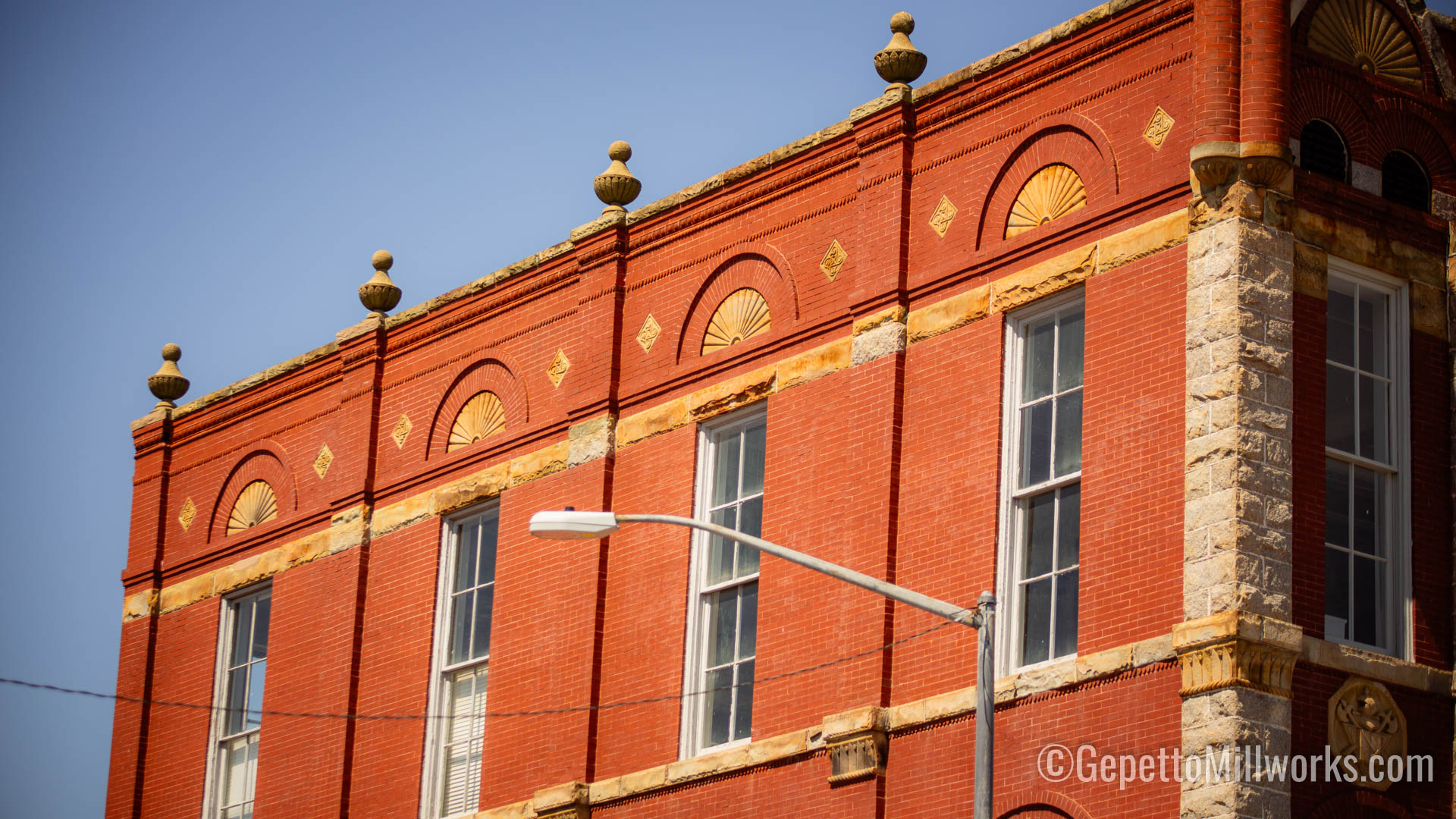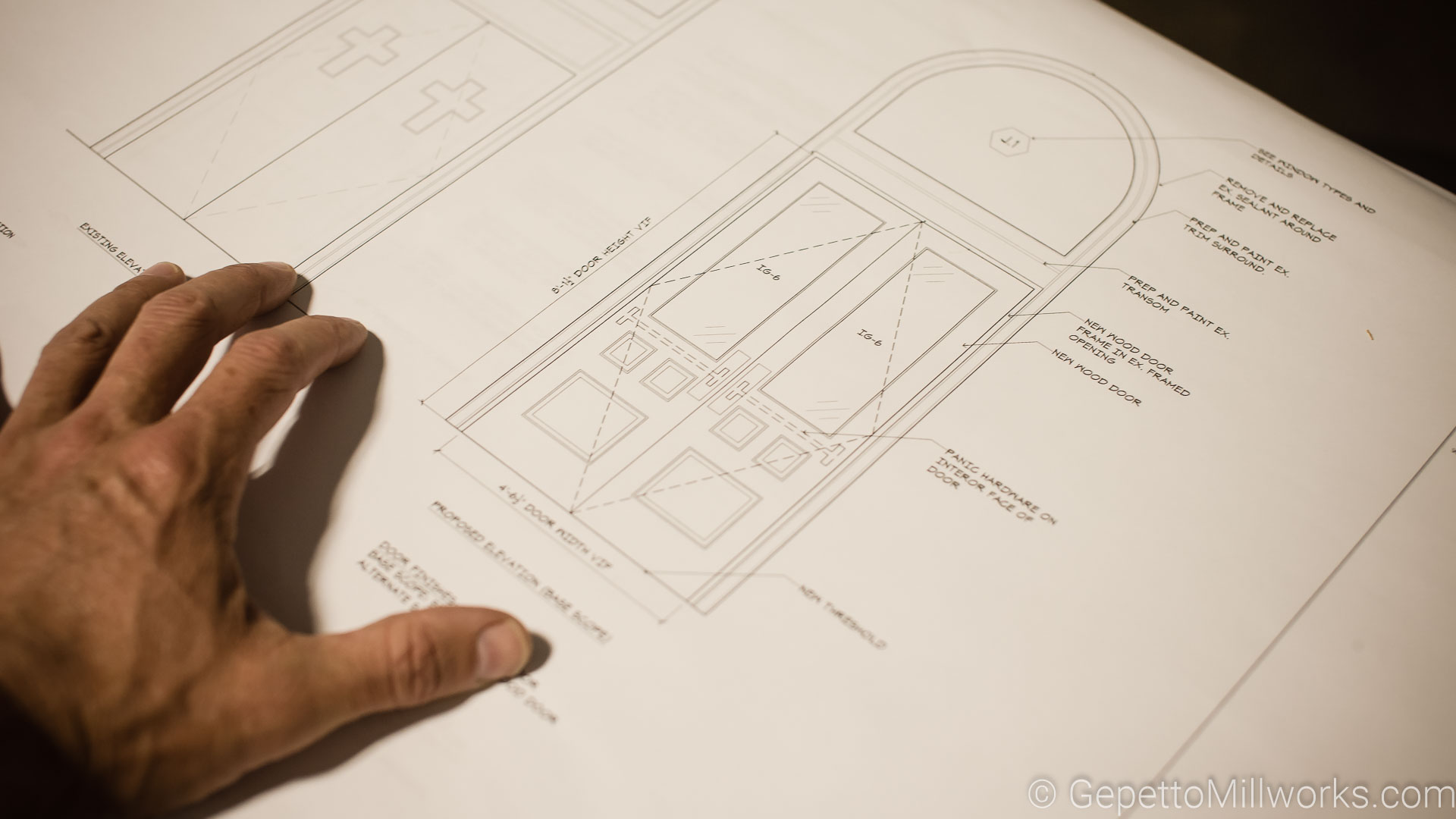Arlington VA Historic Window Builder
 As an expert historic window restorer at Gepetto Millworks, I have had the privilege of working on numerous projects in Arlington, Virginia, a city actively writing the history books in the seats of US Government. Arlington hosts the National Cemetery and enough individual stories of history to fill a hundred libraries but the architectural significance flows from the river throughout the old and new buildings. Boasting a wealth of historic districts and buildings from all the periods of growth and decline in the US economy, each with its own unique story to tell through it’s doorways and windows. We serve as restoration builders to keep the rich blood of Arlington’s historic architecture pumping through the veins of it’s streets and neighborhoods. Notable districts and buildings emphasize the importance of preserving historic windows and our prominance serving that specific niche can not be understated as for the last 15 years we have been Virginia’s largest supplier of historically restored windows. Furthermore, we’ll demonstrate how investing in historic windows not only enhances the aesthetic appeal of properties but also unlocks valuable financial incentives, including historic tax credits.
As an expert historic window restorer at Gepetto Millworks, I have had the privilege of working on numerous projects in Arlington, Virginia, a city actively writing the history books in the seats of US Government. Arlington hosts the National Cemetery and enough individual stories of history to fill a hundred libraries but the architectural significance flows from the river throughout the old and new buildings. Boasting a wealth of historic districts and buildings from all the periods of growth and decline in the US economy, each with its own unique story to tell through it’s doorways and windows. We serve as restoration builders to keep the rich blood of Arlington’s historic architecture pumping through the veins of it’s streets and neighborhoods. Notable districts and buildings emphasize the importance of preserving historic windows and our prominance serving that specific niche can not be understated as for the last 15 years we have been Virginia’s largest supplier of historically restored windows. Furthermore, we’ll demonstrate how investing in historic windows not only enhances the aesthetic appeal of properties but also unlocks valuable financial incentives, including historic tax credits.
Arlington’s Historic District Window Builder
Arlington, located just across the Potomac River from Washington, D.C. proper, is a hotbed of historic places and modern architecture developing around them. The city is home to several designated historic districts, each offering a glimpse into its past and showcasing a diverse range of architectural styles:
Clarendon-Courthouse District:
Situated in the heart of Arlington, the Clarendon-Courthouse Historic District is characterized by its vibrant streetscapes and eclectic mix of historic buildings. Notable landmarks include the Clarendon War Memorial, located at the intersection of Clarendon Boulevard and Wilson Boulevard, which pays homage to Arlington’s veterans.
Lyon Park District:
Nestled between Arlington Boulevard and Route 50, Lyon Park is a charming residential neighborhood known for its picturesque streets lined with historic homes. The district’s architectural styles range from Queen Anne and Colonial Revival to Craftsman bungalows, reflecting the evolution of Arlington’s housing trends over the decades.
Fairlington District:
Originally constructed as garden apartments during World War II, Fairlington is now recognized as a National Historic District. Its distinctive red-brick buildings and tree-lined streets evoke a sense of nostalgia, making it a sought-after residential community in Arlington.
Maywood Neighborhood:
Tucked away along the banks of the Potomac River, Maywood exudes an aura of tranquility amidst the bustling urban landscape of Arlington. This historic neighborhood features an array of architectural styles, including Tudor Revival, Colonial Revival, and Craftsman, adding to its timeless charm.
Arlington Ridge Historic Homes:
Perched atop a scenic ridge overlooking the nation’s capital, Arlington Ridge boasts some of the city’s most breathtaking views. Historic homes dot the landscape, ranging from stately mansions to cozy bungalows, each with its own story to tell.
Preserving Historic Windows: A Case Study
Pardon our trade specific pun! Now that we’ve explored some of Arlington’s most iconic historic districts and buildings, let’s turn our attention to the importance of preserving historic windows within these properties. As an expert historic window restorer, I’ve witnessed firsthand the transformative power of restoring and maintaining original windows. Not only does this process enhance the aesthetic appeal of a property, but it also preserves its historic integrity and enhances its market value.
Case Study: The Restoration of a Historic Home in Lyon Park
Imagine a stately Victorian home nestled within the tree-lined streets of Lyon Park, its elegant facade adorned with intricate woodwork and leaded glass windows. This historic residence, dating back to the late 19th century, has weathered the passage of time, bearing witness to the changing landscape of Arlington.
Upon acquiring the property for renovation, the new owners were faced with a critical decision regarding the preservation of its historic windows. Despite their age and wear, the original windows were integral to the home’s architectural character, featuring handcrafted details that were impossible to replicate with modern materials.
Recognizing the value of preserving the home’s historic fabric, the owners enlisted the expertise of Gepetto Millworks to restore the windows to their former glory. Our team of skilled craftsmen embarked on a meticulous restoration process, carefully repairing damaged woodwork, reglazing cracked panes, and restoring the original hardware to its pristine condition.
The result was nothing short of spectacular. As the restored windows were reinstalled in the home, they breathed new life into its interior spaces, flooding them with natural light and framing panoramic views of Lyon Park’s verdant surroundings. The intricate detailing of the windows became a focal point of the home’s design, seamlessly blending historic charm with modern comfort.
From a financial perspective, investing in the restoration of the home’s historic windows proved to be a wise decision. Not only did it enhance the property’s curb appeal and marketability, but it also made the owners eligible for valuable historic tax credits. These credits, offered at both the federal and state levels, provide incentives for the preservation of historic properties, allowing owners to recoup a portion of their restoration costs through tax savings.
In the case of our Lyon Park restoration project, the owners were able to leverage these tax credits to offset a significant portion of their renovation expenses, effectively reducing the overall cost of the project. Furthermore, the enhanced market value of the property, attributable in part to its restored historic windows, positioned it as a desirable investment in Arlington’s competitive real estate market.
In conclusion, the preservation of historic windows plays a vital role in maintaining the architectural character and cultural heritage of Arlington’s historic districts and buildings. By investing in the restoration of these windows, property owners not only enhance the aesthetic appeal of their properties but also unlock valuable financial incentives, including historic tax credits.
As demonstrated by our case study of the historic home in Lyon Park, the restoration of historic windows can yield tangible benefits for property owners, ranging from increased market value to tax savings. Furthermore, it ensures that future generations can continue to appreciate and enjoy the unique architectural legacy of Arlington for years to come.
At Gepetto Millworks, we take pride in our commitment to preserving Arlington’s historic windows, one pane at a time. Whether you’re embarking on a renovation project or simply seeking to maintain the integrity of your historic property, our team stands ready to assist you in preserving the past while embracing the future.
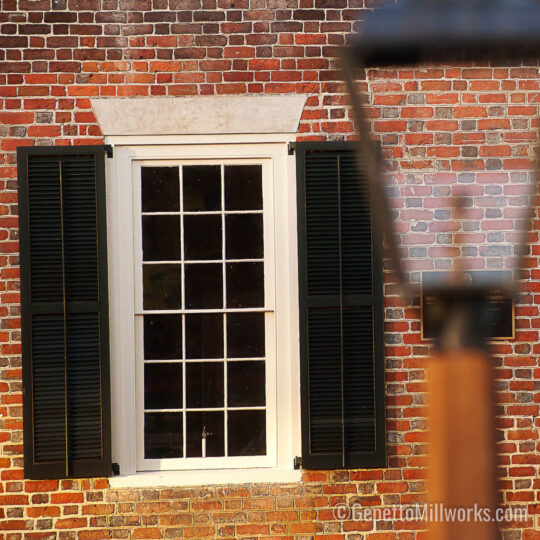
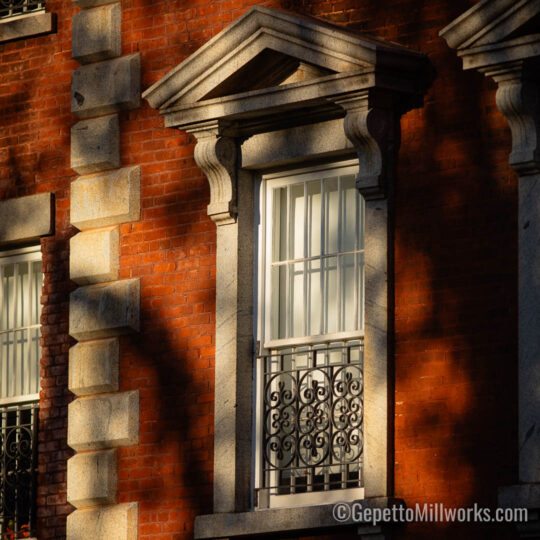
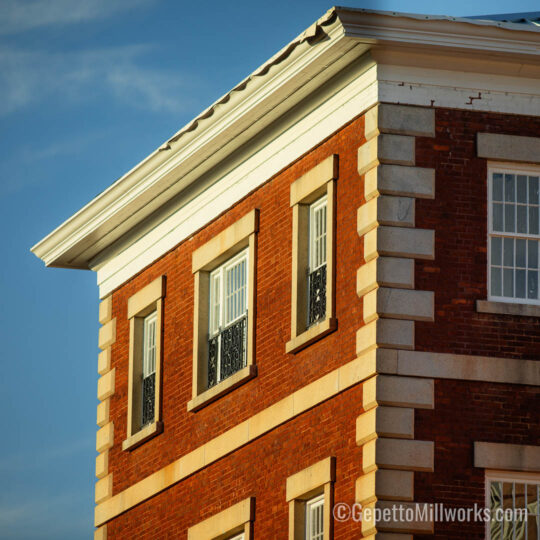
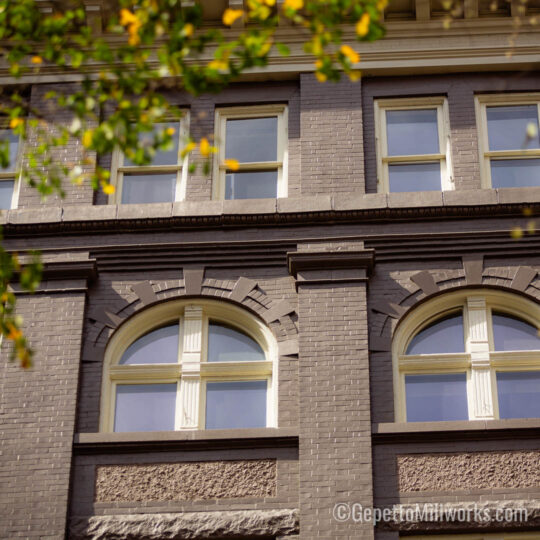
Virginia Window Restorers
- Richmond VA Window Rehabilitation
- Alexandria Old Window Restorers
- Charlottesville Restoration Services
- Fredricksburg Window Experts
- Norfolk Historic Window Repair
- Harrisonburg Window Rot Rescue
- Staunton VA Window Rehabilitation
- Lexington VA Window Contractor
- Roanoke VA Rehabilitation Contractor
- Lynchburg VA Historic Window Services
- Washington DC Historic Windows
- Portsmouth VA Old Window Restorer
- Arlington VA Historic Window Builder
- Abingdon Historic District Windows
- Winchester Historic Windows
Historic Replica Windows Made to Order
Southeast US Window Rehabilitation
- Greensboro NC Window Restoration
- Durham NC Wood Window Repair
- Raleigh NC Historic Window Rehabilitation
- Outer Banks Historic Home Restorers
- Henderson NC Window Rot Repair
- Winston Salem NC Rehabilitation
- Columbia SC Historic Window Restorer
- Spartansburg SC Wood Window Builder
- Charleston SC Historic Window Contractor
- Savannah GA Historic Window Services
- Ashville NC Old Window Restorer
- Virginia Wood Window Restoration
Wooden Window Fabrication
Historic Queen Anne Home Gets a New Lease on Life
Built in 1881 by Robert Stinson Lacey, a decorated Union captain during the Civil War, Broadview began as a modest house sited on 200 acres (today it occupies a third of an acre). Upon Lacey’s death, his daughter converted it into a boardinghouse.
Maywood Homeowner’s Handbook: Design Guidelines: A range of design options to encourage historic preservation and ensure new construction is compatible with the existing character of the Maywood Historic District are outlined in this guide. It explains when a building permit and a Certificate of Appropriateness (CoA) are required, describes the process for design review in Arlington County and distinguishes between appropriate and inappropriate design. Property owners within the Maywood Historic District must follow these guidelines and design review process.
Ashton Heights Style Guide: This guide describes the history of the Ashton Heights neighborhood and typical architectural styles. It includes design recommendations and suggestions that are helpful for addressing common problems of building maintenance and rehabilitation while preserving a home’s character-defining features. The appendix includes helpful resources for owners of historic properties, including a Preventative and Cyclical Maintenance Checklist, architectural glossary and a listing of salvage companies and local contractors.
U.S. Secretary of Interior’s Standards for the Treatment of Historic Properties: The National Park Service developed these standards and guidelines to offer recommendations for appropriately maintaining, repairing and replacing historic materials, and making additions or alterations to historic buildings. To be eligible for state and federal historic tax credits, these guidelines must be followed.
Historic Tax Credit Application Process
In Arlington County 17 neighborhoods and most of the ten garden apartment complexes built before 1954 are listed in the National Register of Historic Places (See the county website for the whole list). Most of the buildings, condos and townhouse units in these National Register nominations are listed as “contributing” buildings, so all are eligible to be considered certified historic buildings and meet the first qualification for being eligible for the state tax credit for the restoration/rehabilitation of historic buildings.
- All the buildings in Arlington Village, for example, are listed in both the National Register of Historic Places and the Virginia Landmarks Register; making all of them “certified historic buildings.”
The Commonwealth of Virginia has a tax credit available for owners of “certified historic buildings” who undertake the rehabilitation of their property.
Beyond the “certified historic building” requirement, there are other criteria a property owner must meet to qualify for this Virginia tax credit:
- The amount of money spent on the rehabilitation (including architecture and engineering fees, contractor fees, and materials) must amount to a sum equal or greater than 25 percent of the value of one’s home. Look at your latest Arlington County real estate tax assessment and find the center column (labeled “improvement”), which is the assessed value of your property. You want the value of the building, minus the value of the land. Divide this figure by 25 percent and that is the amount you need to spend on a rehabilitation to qualify. This tax credit includes all walls (interior/exterior), ceilings, floors, roofs, HVAC, electrical and plumbing, bathroom fixtures (toilets, sinks, tubs/showers), and kitchen cabinets.
- You must fill out three forms for the Virginia Department of Historic Resources, the state agency charged with approving all projects for which owners are applying for a tax credit based on the rehabilitation of a historic building. All applications must also include floor plans, design plans (if applicable) and “before” and “after” photos of the exterior and all interior spaces. The state does, however, charge for its review, albeit a nominal fee.
The Virginia Department of Historic Resources can assist you with the photography and the filling out of forms. They will also be able to inform you of what will and what will not be possible for a state tax credit in a review of your proposed project.
Historic Preservation Fund
The Historic Preservation Program is excited to offer the Historic Preservation Fund (HPF), a competitive grant program that will support community and individual projects related to Arlington’s history, built environment, or cultural heritage. Whether it includes historic window restoration within a local historic district (LHD) or the creation of an economic strategic plan for a historic commercial area, the HPF will financially contribute to history-based initiatives that invest in the future of preservation in Arlington County. The HPF will support both capital and non-capital projects that align with the stated goals of the Historic and Cultural Resources Plan. Some projects may be eligible for both types of grants. The HPF can be used only to support new projects and will not provide reimbursement for previously completed projects or prior expenses. The grant application period for FY23 is from January 17, 2023, to April 28, 2023. A formal HPF award letter will be sent to grant recipients by June 30, 2023. Contact the Historic Preservation Program for details.
Historic Preservation Fund Grant Guidelines FY23
- Preservation Easements: Easements are legal agreements attached to the deed of a property that are binding to current and future owners. Property owners enter into these agreements voluntarily with a qualified non-profit organization or government entity for two main reasons: tax benefits and protecting a historic property into the future. The donation of an easement to preserve a certified historic structure or historically important land area qualifies as a charitable contribution for federal income and estate tax purposes.
